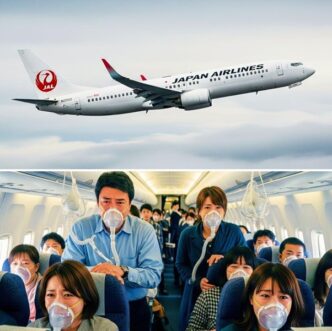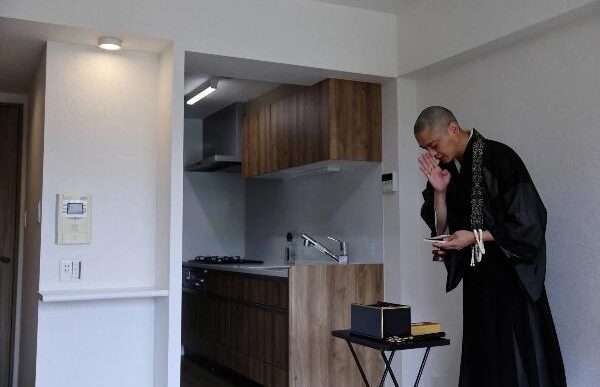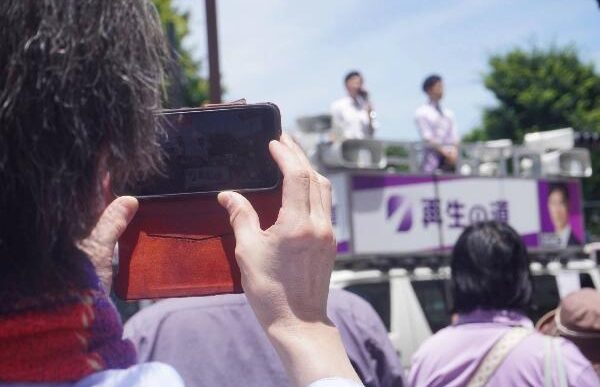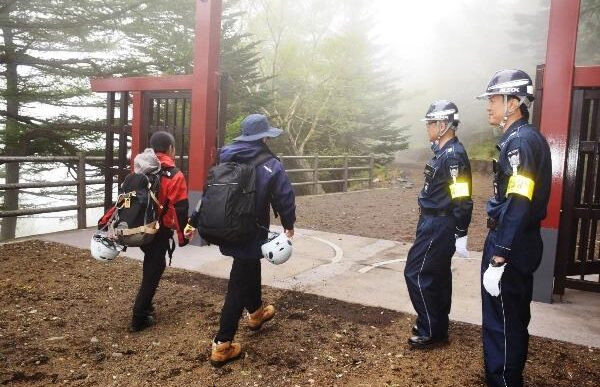A Japan Airlines flight operated by Spring Japan narrowly avoided disaster on June 30, 2025, after suffering a sudden loss of cabin pressure mid-flight, causing the aircraft to dive rapidly from cruising altitude. The Boeing 737-800, operating as Flight JL8696/IJ004, was en route from Shanghai Pudong International Airport to Tokyo Narita Airport with 191 people onboard, when a mechanical failure forced the plane into a swift descent and emergency landing.
Panic in the Sky
The incident unfolded at approximately 36,000 feet, when passengers and crew reportedly heard a “muffled boom” just moments before oxygen masks deployed throughout the cabin. According to flight data and eyewitness accounts, the aircraft plunged to 10,500 feet in under 10 minutes, a descent typically performed to bring the plane to a breathable altitude during depressurization.
“There was a boom, and suddenly the masks dropped. People were screaming, crying… I was shaking so badly I couldn’t even put the mask on properly,” said one passenger, who asked not to be named.
Flight attendants were quick to respond, instructing passengers to don their masks and remain calm. However, the psychological distress was severe. Some passengers reportedly wrote farewell messages, shared bank PINs and insurance information, and even drafted wills via in-flight messaging, fearing the worst.
Emergency Landing in Osaka
The flight crew promptly declared an emergency and diverted the aircraft to Kansai International Airport in Osaka, where it landed safely. Emergency response teams were on standby, and all 191 passengers and crew disembarked safely. Thankfully, no injuries were reported, though many passengers are said to be traumatized by the experience.
Japan Airlines and Spring Japan immediately offered compensation, meals, and hotel accommodations for those affected. Counseling services were also made available to passengers who requested support.
Investigation Underway
Japanese aviation authorities, in coordination with Japan Airlines’ technical team, have launched an investigation into the incident. The cause of the cabin depressurization has not yet been officially determined, but preliminary checks are focusing on possible seal failures, valve malfunctions, or structural damage in the pressurization system.
Aviation safety experts note that while depressurization events are rare, they are treated with the utmost seriousness due to their potentially catastrophic consequences if not managed swiftly.
“The crew’s quick response and safe emergency landing demonstrate the effectiveness of training and standard emergency procedures,” said an official from Japan’s Civil Aviation Bureau.
Context and Safety Records
Japan Airlines and its subsidiary Spring Japan have long maintained a strong safety record, and the Boeing 737-800 aircraft involved had passed regular maintenance inspections prior to this flight. The airline has pledged full cooperation with regulators to ensure passenger safety going forward.
Passengers affected by the ordeal are being contacted individually for follow-up support and formal apologies.
Flight Details:
- Flight Number: JL8696 (also IJ004)
- Aircraft: Boeing 737-800
- Operator: Spring Japan, on behalf of Japan Airlines
- Route: Shanghai Pudong (PVG) → Tokyo Narita (NRT)
- Emergency Diversion: Kansai International Airport, Osaka
- Passengers/Crew: 191
- Injuries: None reported
- Status: Landed safely; investigation ongoing
Source:
- [Japan Airlines Official Statement – July 1, 2025]
- [FlightRadar24 data and descent log]
- [Eyewitness accounts via NHK and Asahi Shimbun interviews]
- [Civil Aviation Bureau of Japan press note]

















